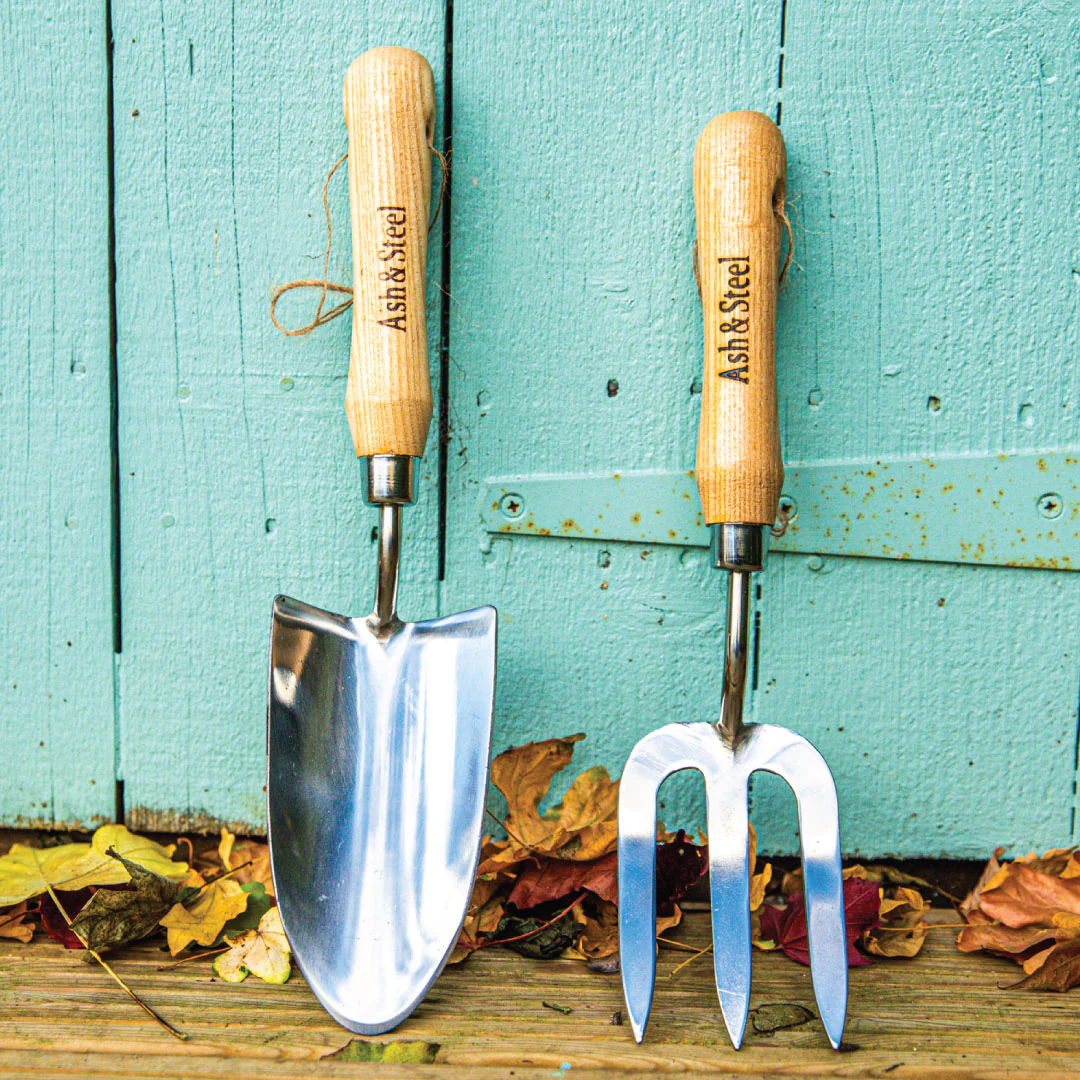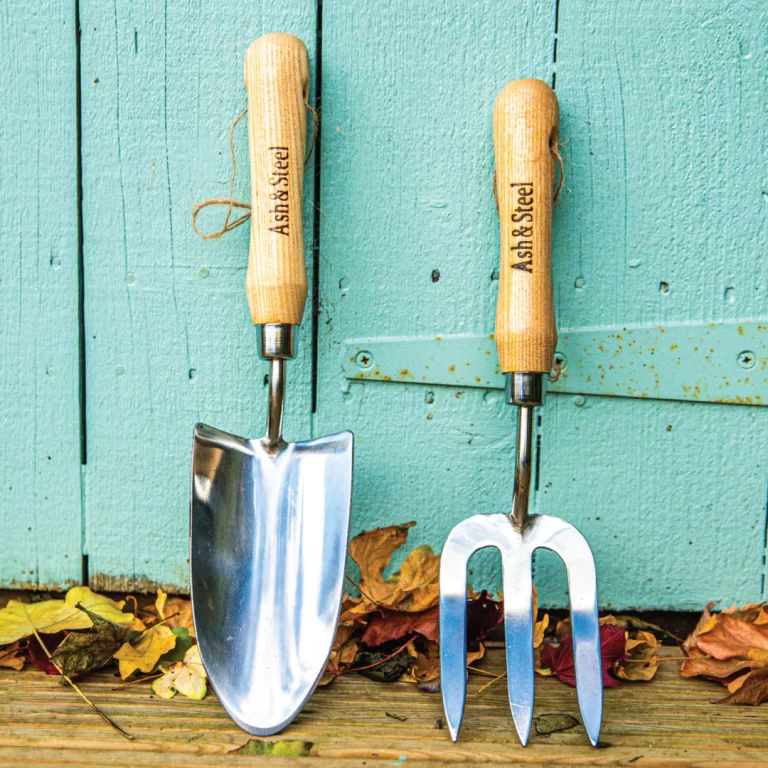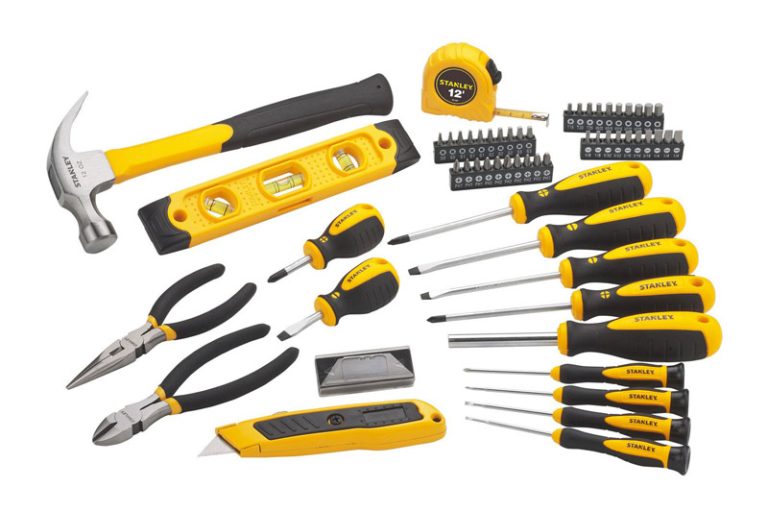
Clean Garden Tools
Clean Garden Tools: Maintaining Your Trusty Dirt Companions
After a day’s hard work in the yard, your once shiny garden tools look dull and filthy. Over time, built-up dirt, sap, and moisture can corrode metal surfaces and wooden handles. Don’t let your trusty tools deteriorate – follow this guide to keep them in pristine condition.
Why Keep Garden Tools Clean?
Diligent cleaning provides several key benefits:
- • Prevents rust and corrosion from exposure to moisture and debris
• Removes stuck-on grime that harbors bacteria and fungal spores
• Allows for smooth operation by eliminating jams
• Extends the lifespan of your tool investment
With simple cleaning habits, you avoid frequently replacing worn, damaged tools. Plus, sanitized gear prevents potentially spreading plant diseases between gardens.
What You’ll Need
Gather these budget-friendly supplies for an effective garden tool cleaning session:
- • Bucket or tub for soaking
• Stiff scrub brush
• Rags or steel wool pads
• Mineral oil or WD-40 lubricant
• Sandpaper (coarse and fine grits)
You’ll also need a cleaning solution – either warm water mixed with dish soap, or a DIY vinegar solution made from equal parts vinegar and water.
Six Steps to Sparkling Tools
1. Brush Off Debris
First, use the stiff brush to remove any caked-on dirt, mud, or sap from tool surfaces before soaking. An old towel or putty knife helps dislodge tough gunk.
2. Soak and Scrub
Fully submerge the tools in the soap or vinegar cleaning solution. Allow them to soak for 30-60 minutes. Then, scrub thoroughly using the stiff brush, steel wool, and rags to work out residue.
3. Rinse Thoroughly
Once tools are scrubbed clean, rinse thoroughly under running water. Keep rinsing until the water runs clear with no more debris coming off.
4. Dry Completely
Use a clean rag or towel to thoroughly dry all tool surfaces, including any crevices or hinges. Moisture allowed to linger causes rust and corrosion.
5. Sand and Sharpen
Use the coarse sandpaper to gently remove any light, surface rust buildup from metal components. Sharpen any dull pruner or blade edges using a sharpening tool or stone.
6. Lubricate and Store
Finally, wipe down the clean, dry tools with a thin coat of mineral oil or lubricant like WD-40. This prevents sticking and rust. Store properly in a cool, dry place.
For Extreme Rust
If tools have major rust damage, use a stiff wire brush or steel wool first to scrub off as much corrosion as possible before soaking. You may need a chemical rust removal product for extra stubborn cases.
Additional Tips:
- • Disinfect any pruners that cut diseased plants by soaking in a 1:9 bleach solution
• Consider upgrading to stainless steel tools that resist rust and discoloration
• Replace extremely bent, dull, or pitted tools beyond repair
• Sharpen frequently for clean, effective cuts
Cleaning develops good habits and pride in well-maintained gear. With these simple steps after each use, your hardworking garden tools will stay sharp, smooth, and blemish-free for years! A little effort now prevents major headaches later.



